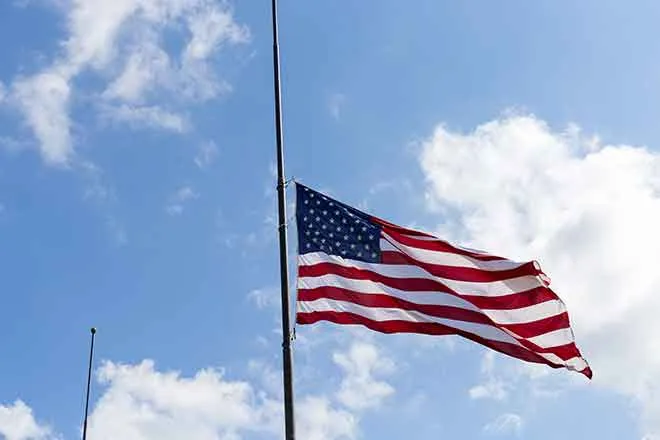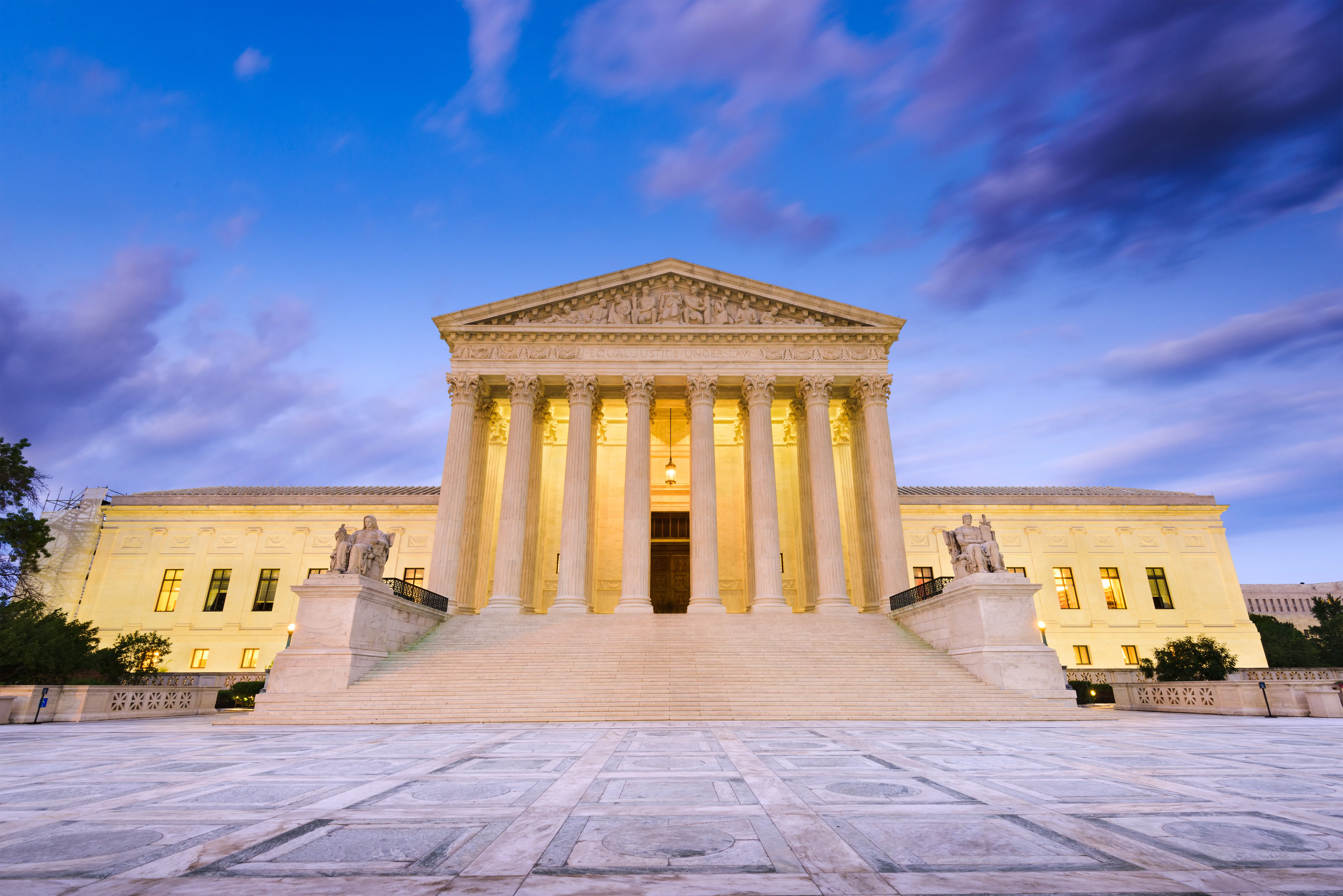
New apprenticeship rule expands alternative path to employment through local businesses, colleges
Expanding and improving the nation's apprenticeship programs by getting government out of the way is the goal of a new proposal the Trump administration announced last week.
“To address America's skills gap and expand the apprenticeship model to new industries,” the U.S. Department of Labor proposed a new rule under the National Apprenticeship Act. It establishes a process for recognizing Standards Recognition Entities and Industry-Recognized Apprenticeship Programs.
“The Department believes its industry-led, market-driven approach provides the flexibility necessary to scale the apprenticeship model where it is needed most and helps address America's skills gap,” the proposed rule states.
According to federal data, more than 90 percent of individuals who participate in apprenticeships find gainful employment during or upon completion of their training.
"With this rule, the Trump administration is signaling that the days of costly, one-size-fits-all approaches are numbered," Kristina Rasmussen, vice president of federal affairs at Foundation for Government Accountability (FGA), told The Center Square. "Apprenticeships offer an incredible opportunity, particularly for young workers, to receive quality job training through paid, hands-on experience."
According to research conducted by the FGA, obtaining education credits through on-the-job training apprenticeships helps younger workers obtain gainful employment, increases incomes, and reduces government dependency.
A poll conducted by Cor Strategies Inc. found that the majority of likely voters surveyed support expanded apprenticeships and are more likely to support policymakers who also support them.
Seventy-seven percent of those surveyed approved of individuals receiving licenses to work if they obtain comparable on-the-job training through an apprenticeship, even if they haven’t taken formal classes; 66 percent said they would vote for a governor or legislator who made it possible to use an apprenticeship as an alternative path to obtaining licenses.
Occupational licensing was originally designed as a way to protect consumers and ensure capable individuals were in high-skill positions, the FGA argues in its latest research paper on occupational licensing.
“Licensing has moved far beyond its original purpose,” it argues, while also having little effect on public safety for many professions.
The number of licenses required to operate a business has skyrocketed within two generations. Today, nearly 30 percent of occupations require a license compared to only five percent in the 1950s. About one-third of workers must now obtain licenses before being able to work in a certain professional capacity, according to the Department of Labor.
The rule removes the Department of Labor from day-to-day management of apprenticeship programs and creates the opportunity for businesses, colleges and other entities running their programs instead of the federal government.
State pilot programs have already reported positive results of public-private partnerships.
In Illinois, Gov. J.B. Pritzker signed a bill allowing apprenticeships, dual-credit, career development and blended learning days to count toward a high school student’s required attendance total.
Mary Reynolds, executive director of innovation and secondary transformation at the Illinois State Board of Education, said valuable work-life experience such as apprenticeships will also count toward total instruction time.
The Minnesota Department of Employment and Economic Development’s Jobs Skills Partnership (MJSP) board has helped companies find employees from two-year skills trade schools. It offers grants for training programs and partnerships between businesses and educational institutions.
At a roundtable last year, Kelly Hansen of Park Industries Inc. said MJSP helped companies keep employees through ongoing training efforts. Turnover of employees is virtually nonexistent at Park Industries, she said, because the training grants partially helped fuel internal promotions at a rate of 20 percent every year.
















